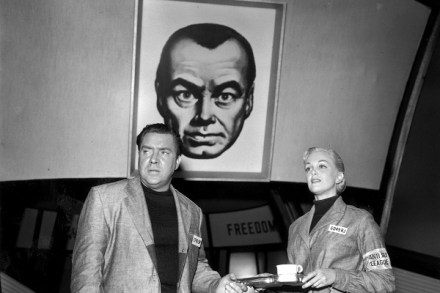Hilary Mantel’s Bring Up The Bodies wins Costa Book of the Year
Hilary Mantel has won the Costa Book Award of the Year for Bring up the Bodies. It saw off contenders: Maggot Moon by Sally Gardner (the children’s book winner), The Innocents by Francesca Segal (the first novel award), The Overhaul by Kathleen Jamie (the poetry prize) and Dotter of Her Father’s Eyes by Mary and Bryan Talbot (winner of the best biography award, and the first graphic work to win a Costa prize). Mantel collected the prize fund of £30,000. Mantel’s win means that she has also secured a ‘literary treble’: Bring Up the Bodies has won the Booker Prize, the Costa Novel Award and Costa Book of the Year.


















